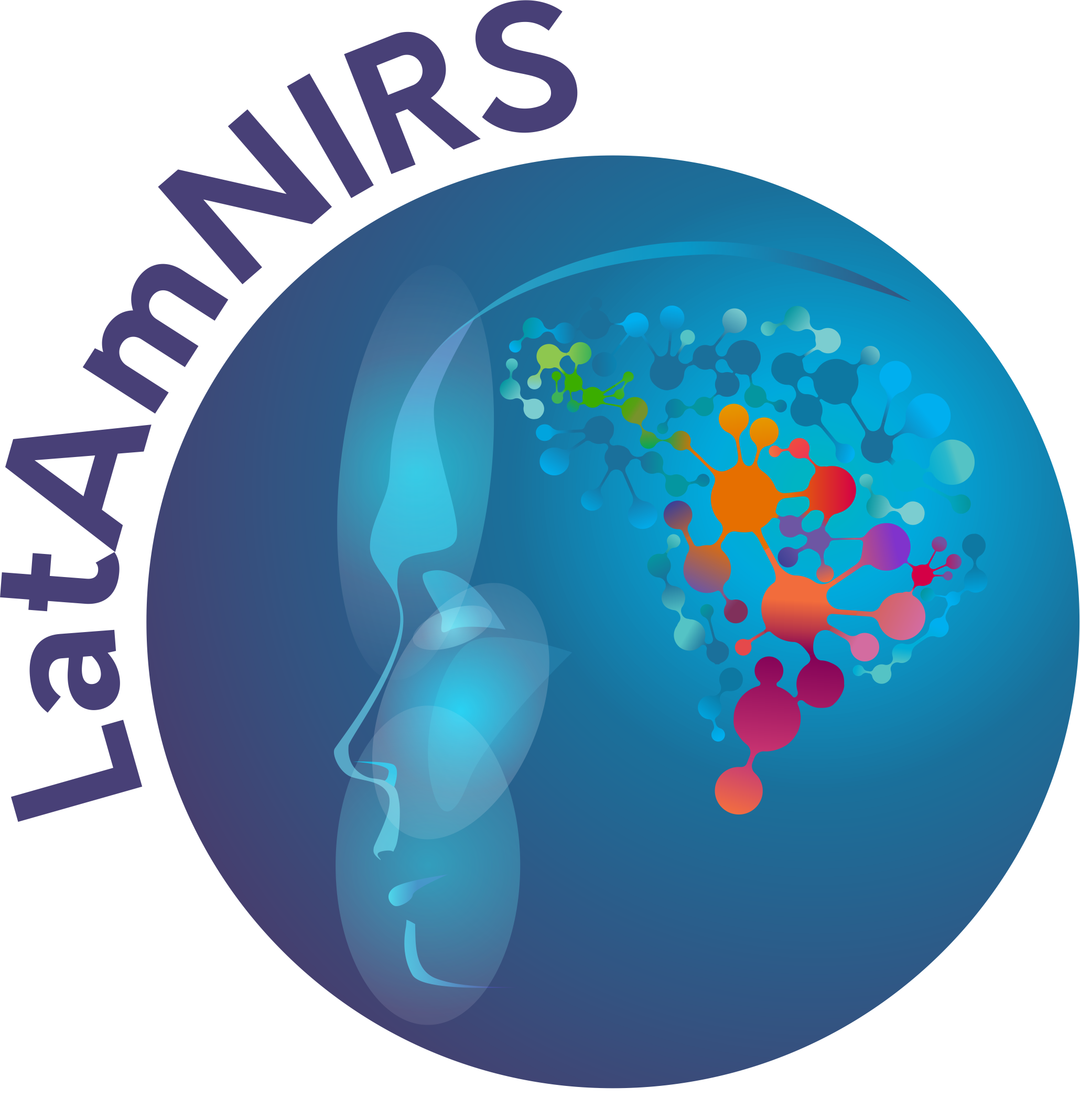Modulation Frequency
Definition: Modulation frequency is the frequency (f) at which the amplitude of light is changed or modulated, in a source in frequency domain hardware.The light detected in frequency domain hardware has three components: the DC intensity, which is analogous to continuous wave measurement, the AC intensity (I) , which is the intensity of light oscillating at the given modulation frequency, and the phase (ϕ), which represents the phase difference of the emitted and detected modulated light. The phase of the detected light therefore provides information regarding how much it has been delayed (on average) as a result of photon interactions with a medium, i.e scattering. The phase is directly related to the time delay of light, τ , such that ϕ is in the order of ωτ , where ω=2πf and ω is the angular modulation frequency. For a good signal to noise ratio, it is required that ωτ≈1(radians). If ωτ is ≪ 1, there would not be a measurable phase change. If ωτ is ≫ 1, then the AC amplitude decreases and could be below the level of noise.
In the context of imaging biological tissue, time delays are on the order of nanoseconds (for source-detector separations of 2-3 centimeters), which yields optimum modulation frequencies in the order of 100 MHz.
Alternative definition:
Synonym: Angular modulation frequency
References: https://doi.org/10.1364/BOE.467614https://doi.org/10.1117/3.2219603
https://doi.org/10.1017/cbo9781139029797
Related terms: Frequency domain, Phase
